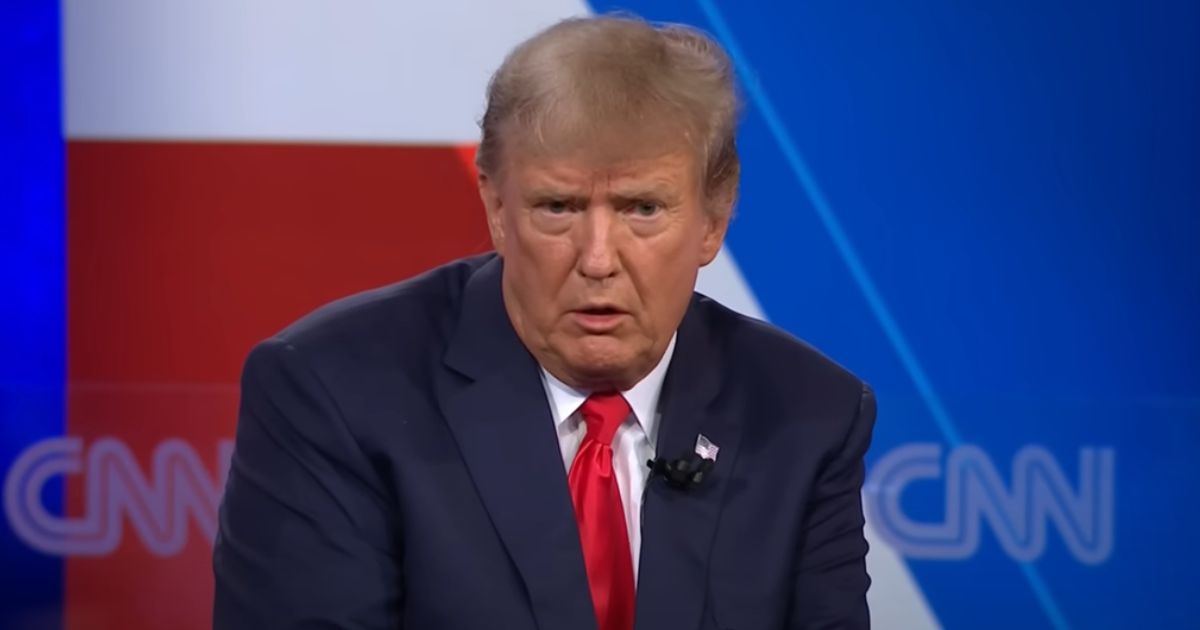Vice President Harris on the Cusp of Choosing Her Running Mate Amid Election Pressure
According to CNN, Kamala Harris, known for her cautious approach, faces an impending decision on her vice presidential pick.
Vice President Kamala Harris, renowned for her meticulous decision-making process, faces the daunting challenge of choosing a suitable vice presidential candidate.
This decision is not just pivotal for her campaign but stands as a significant moment for the Democratic Party and the United States at large. At the center of her strategy is balancing political wisdom and personal connection, critical factors that will influence her final choice.
Harris's aversion to haste is evident. She takes a methodical approach, often seeking additional information and meticulously reassessing her options.
This approach manifests as she meets with potential candidates at the Naval Observatory, the vice presidential residence symbolic of her current and possibly continued role in national leadership.
The Impact Of A Swift Campaign Timeline
As noted by Harris herself, the speed of the campaign mirrors the pace of a European-style election, a comparison she humorously made during a gathering in Houston. Yet, this quick pace does not align well with her detailed-oriented planning style.
Harris's discomfort with the rapid nature of the campaign underscores her dedication to making an informed, well-pondered decision.
As she navigates through this critical period, the names of several prominent figures circulate as potential running mates. Governors Josh Shapiro of Pennsylvania, Tim Walz of Minnesota, JB Pritzker of Illinois, Andy Beshear of Kentucky, and Arizona Senator Mark Kelly are among the contenders.
Each candidate brings their own strengths and political influence, making the decision all the more complex.
Geographical And Political Considerations In Running Mate Selection
The geographic and political implications of selecting someone like Governor Josh Shapiro are under careful consideration.
Shapiro notes Harris’s decision’s personal nature, emphasizing its potential to reflect on who will accompany her in governing the nation. His public statements of support and anticipation resonate with his understanding of the pressure and the stakes involved.
In her reflections, Harris revisits her working relationship with President Biden, a dynamic that greatly influences her expectations for a desirable vice presidential candidate.
Her advisor, Cedric Richmond, points out the importance of having a running mate who shares ideological values and possesses a compatible rapport, ensuring smooth collaborative governance.
Strategizing For National Impact
Beyond personal chemistry and political strategy, the preparations for announcing Harris's running mate are in full swing. Staff are being selected, and strategies to sustain excitement around the announcement are discussed among her advisors.
The broader goal is to avoid surprises and maintain a positive campaign momentum, a tactic reminiscent of Biden’s approach in the 2020 campaign.
Polls, focus groups, and stringent background checks form the backbone of the vetting process. Harris aims to ensure that her choice aligns with the public sentiment and the Democratic Party’s strategic goals, particularly when facing opponents like Donald Trump in a high-stakes election.
Representative Adam Schiff’s remarks encapsulate the strategic import of Harris’s decision, underscoring the necessity of choosing a running mate who will strengthen her bid for the presidency. While deeply personal, this selection process promises widespread ramifications extending beyond the Democratic Party to the entire nation.
Conclusion
Vice President Kamala Harris is at a pivotal juncture. Each interview conducted, each report pondered, and each discussion held adds a layer to her decision-making process. With her choice of running mate, Harris navigates the immediate needs of her campaign and the longer-term implications for her potential presidency. This decision will echo through the corridors of power, influencing her political strategies and the broader trajectory of the United States on the global stage.





